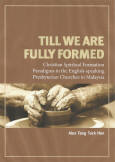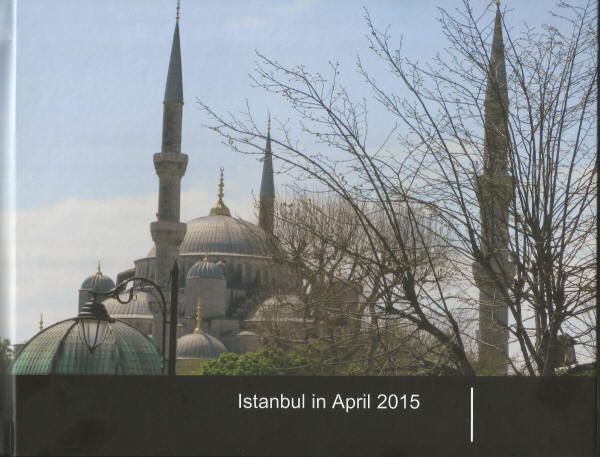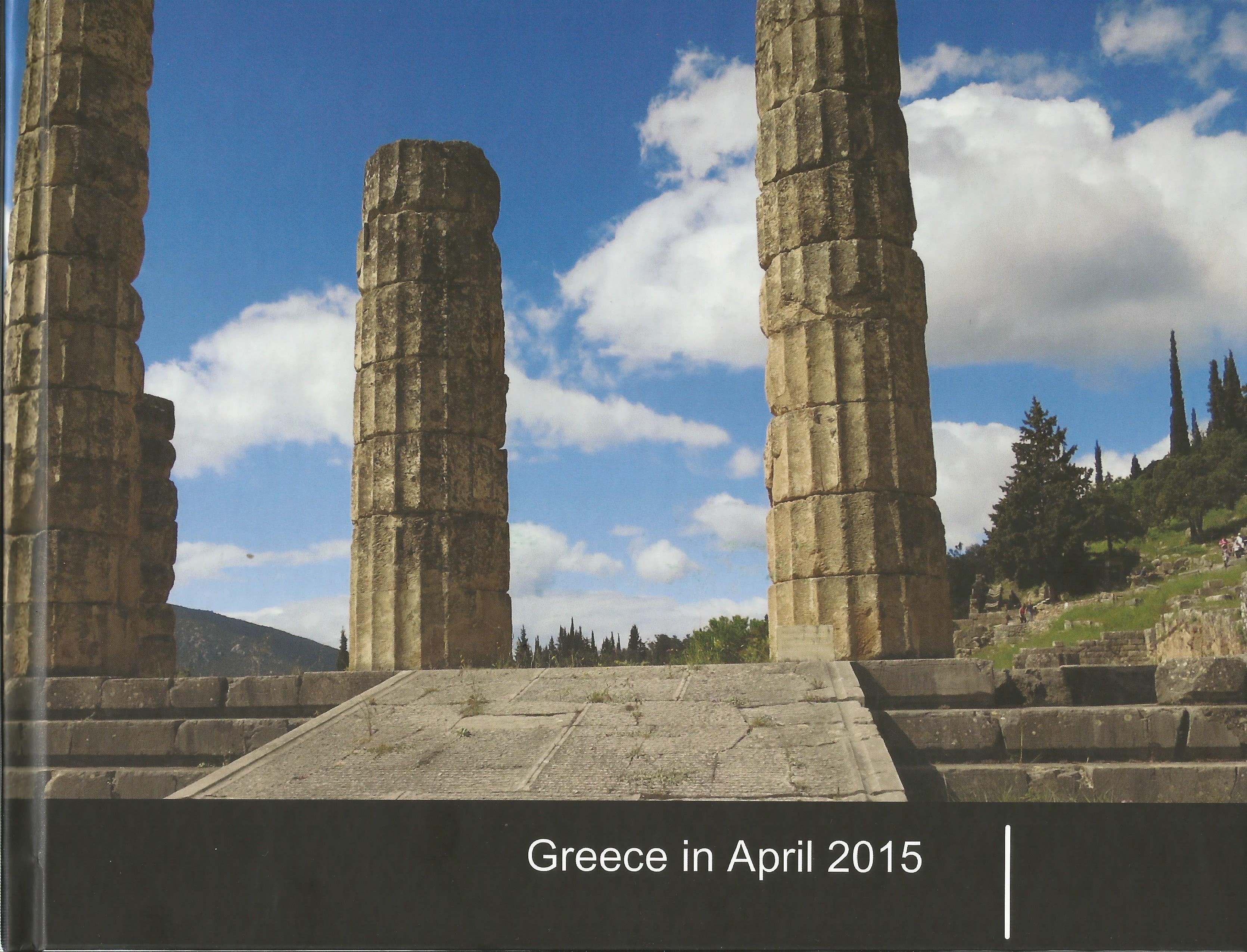Tel Megiddo
 |
| Tel Megiddo- aerial view form the southeast (source BiblePlaces.com) |
Megiddo is mentioned twelve
times in the Old Testament, ten times in reference to the ancient city of Megiddo, and twice with
reference to "the plain of Megiddo", most probably simply meaning
"the plain next to the city." The
Bible lists the king of Megiddo among the Canaanite rulers defeated by Joshua
in his conquest of the land (Joshua 12:7,
12:21).
The city of Megiddo
was allotted to the tribe of Manasseh (Joshua 17:11; 1 Chronicles 7:29).
Deborah and Barak led the Israelites to victory over the
Canaanite armies of Sisera by "the waters of Megiddo" (Judges 5:19-20).
Solomon made Megiddo
one of his district capitals as well as one of his three main fortress cities
(I Kings 4:12; 9:15). According to I Kings (9:15), King
Solomon built Megiddo together with Hazor and Gezer. At that time the city had
become the center of a royal province of the United Monarchy.
 |
| view of Jazreel Valley |
There were many famous battles fought there. In 906 BCE, a
battle was fought here between Egypt
and the Kingdom
of Judah. King Josiah of Judah
died in battle near Megiddo
when he tried to sabotage Pharaoh Necho's attempt to succor the Assyrians at the
Battle of Carchemish (2 Kings 23:29-30; 2 Chronicles 35:20-24).
 |
| strategic view of Jezreel Valley |
The word "Armageddon" appears only once in the
Greek New Testament, in Revelation 16:16.
REV
16:16 Then they gathered the kings together to the
place that in Hebrew is called Armageddon.
The word may come from Hebrew har məgiddô (הר מגידו),
meaning "Mountain
of Megiddo".
"Mount" Megiddo
is not actually a mountain, but a mount (a hill created by many generations of
people living and rebuilding on the same spot). According to one premillennial
Christian interpretation, the Messiah will return to earth and defeat the
Antichrist (the "beast") and Satan the Devil in the Battle of
Armageddon. Then Satan will be put into the "bottomless pit" or abyss
for 1,000 years, known as the Millennium.
 |
| thick walls and gateway |
 |
| northern stables, probably built around the time of King Ahad |
 |
| note the thick walls |
 |
| storage silos for grains, probably built by King Jeroboam II (8th C BC). There are stairs that lead to the bottom of the site |
 |
| near the southern Megiddo Stables. There are cattle grazing in the background |
.
Labels: Bible lands, Biblical Studies, HolyLand, Old Testament
















2 Comments:
Did you take these photos? Nice. Wish when i went i had a digital camera
yes I did. I have an idiot proof one-just point and shoot. :)
Post a Comment
<< Home